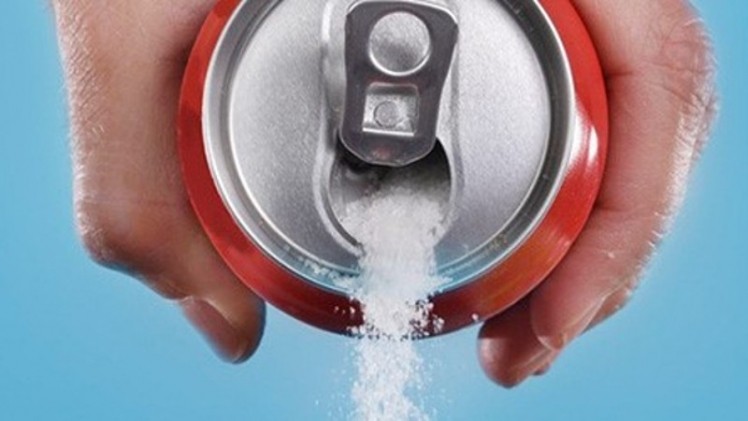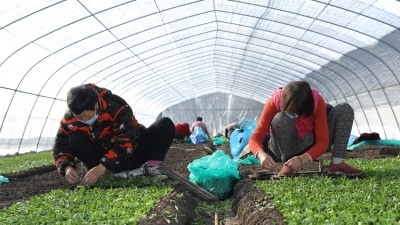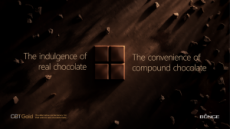Sweet savings: Sugar reduction an effective cost-cutting solution to overcome Middle East inflation challenges

Product pricing and cost-cutting strategies are of particular concern for food and beverage manufacturers in the Middle East, due to the International Monetary Fund (IMF) having projected a continued high level of inflation at 13.9% throughout 2022, triggered primarily by the Russia-Ukraine war as it has traditionally been dependent on these two countries and is generally dependent on foreign food imports which have dropped.
This is in addition to the implementation of sugar taxes in some markets such as the United Arab Emirates (UAE) and Saudi Arabia, which are significant at a 50% rate for all sugar-sweetened beverages with added sugar or sweeteners and 100% for energy drinks.
“Whilst consumers in the Middle East region are becoming more health conscious and also looking for indulgent foods that don’t compromise on taste, they are also becoming increasingly price sensitive due to inflation,” Tate & Lyle Regional Marketing Manager TMEA (Turkey, Middle East and Africa) Diane Laban-Ramsay said at the Middle East Sugar and Calorie Reduction programme held by the UAE Food and Beverage Business Group and the UAE Ministry of Industry and Advanced Technology.
“So what this means is that budgeting has become a bigger priority for consumers in this region, and there is much higher motivation to seek out affordable products regardless of their employment status.
“It also means that consumer brand loyalty is going to be sorely tested as they seek out more affordable options, particularly with today’s availability of multichannel shopping platforms that expose them to a much greater variety of better deals [and] the rise of private label products.
“So even well-known brands must be on their toes and cannot neglect the importance of incorporating budget options into their portfolio [and with the] introduction of the sugar tax having driven prices up for sugar-sweetened items, [attention also needs to be paid to] sugar reduction in their innovation.”
Tate & Lyle has proposed that sugar reduction strategies can help brands to not only innovate and reformulate such that sugar levels are lower, but that these can also help product manufacturing to be more cost-effective which can then drive product prices down further to appeal to more consumers.
“For instance, it is possible to optimise the use of sweeteners such as stevia to drive down costs. There are several types of stevia sweeteners, and experimenting with these have shown results of not only cutting added sugar content in fruit cordials by up to 41%, but also drive costs down by up to 15% when making the change,” Tate & Lyle Technical Specialist and Support EMEA (Europe, Middle East and Africa) Ariane Jouette said.
“It is also possible to utilise what we call ‘sweetener synergy’ to improve costs – this is where the combination of multiple sweeteners results in an effect of higher sweetness potencies compared to their individual components, which allows for lower sweetener dosage to be used and thus lower cost.
“There is also the potential to use sweetener-based flavours to cut sugar and cost at the same time, such as stevia-based flavourings which would [add to the sweetness whilst] modifying the flavour profile of the product to add desired notes like fruity or chocolatey.
“These would also serve the purpose of removing undesirable off-notes, which then removes the cost for additional masking agents.”
Indulgent yet healthy
Laban-Ramsay further emphasised that this rise in price consciousness has not deterred consumers in the Middle East region from also wanting food and beverage products to be healthier, which basically means manufacturers will need to find ways to cover all these bases in order to not be left behind.
“The key message is that they’re both spending cautiously and also really paying attention to what they eat, and [food firms] need to innovate based on this mindset shift,” she said.
“Achieving the right nutritional profile as well as price position of these food and beverage products is really essential to reaching consumer expectations, and [these sugar reduction] strategies can hopefully help to address that as well as the cost pressures of the sugar taxes and other factors.”






















